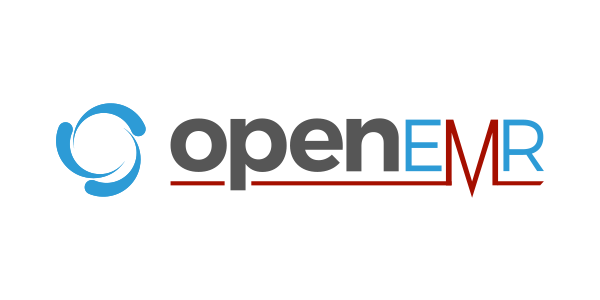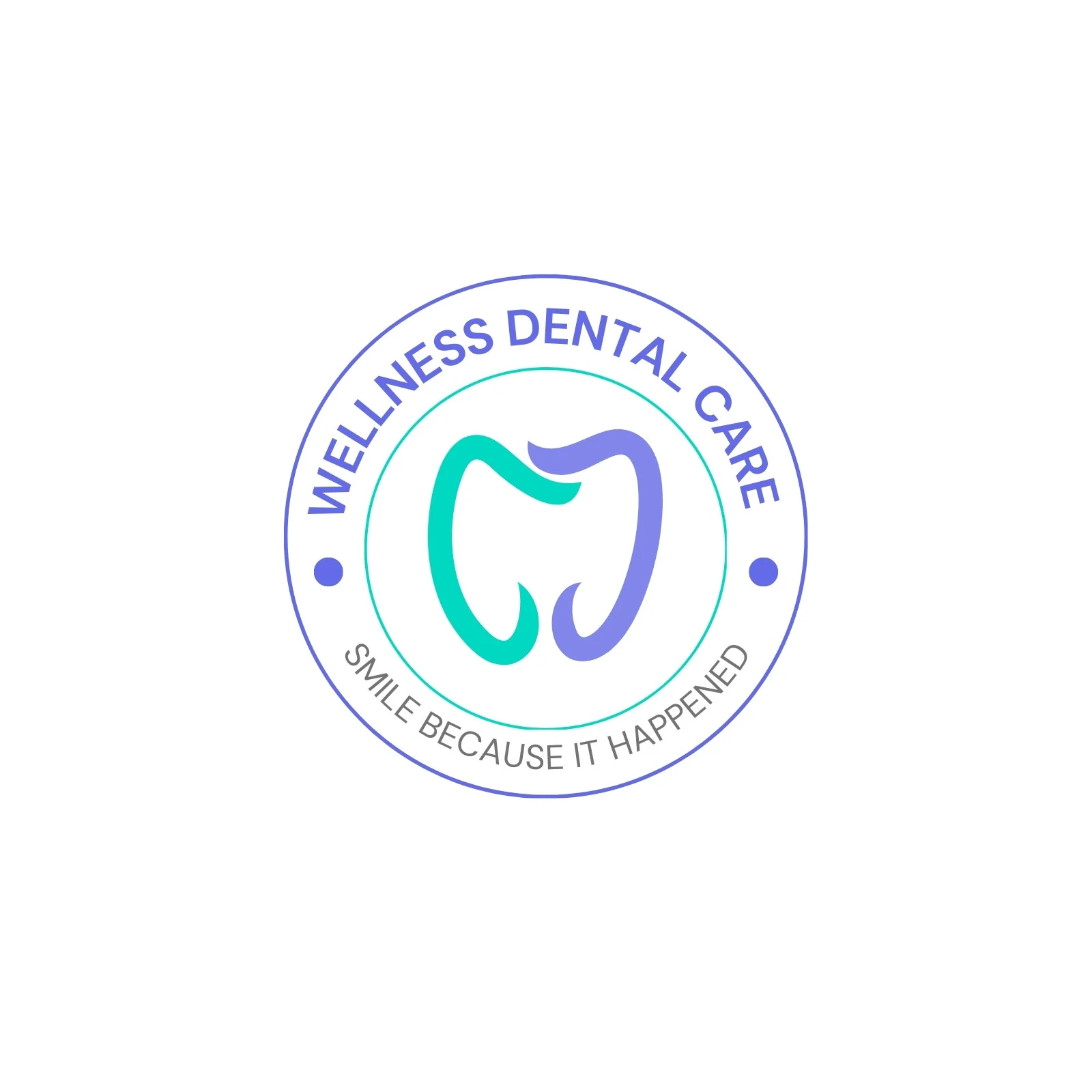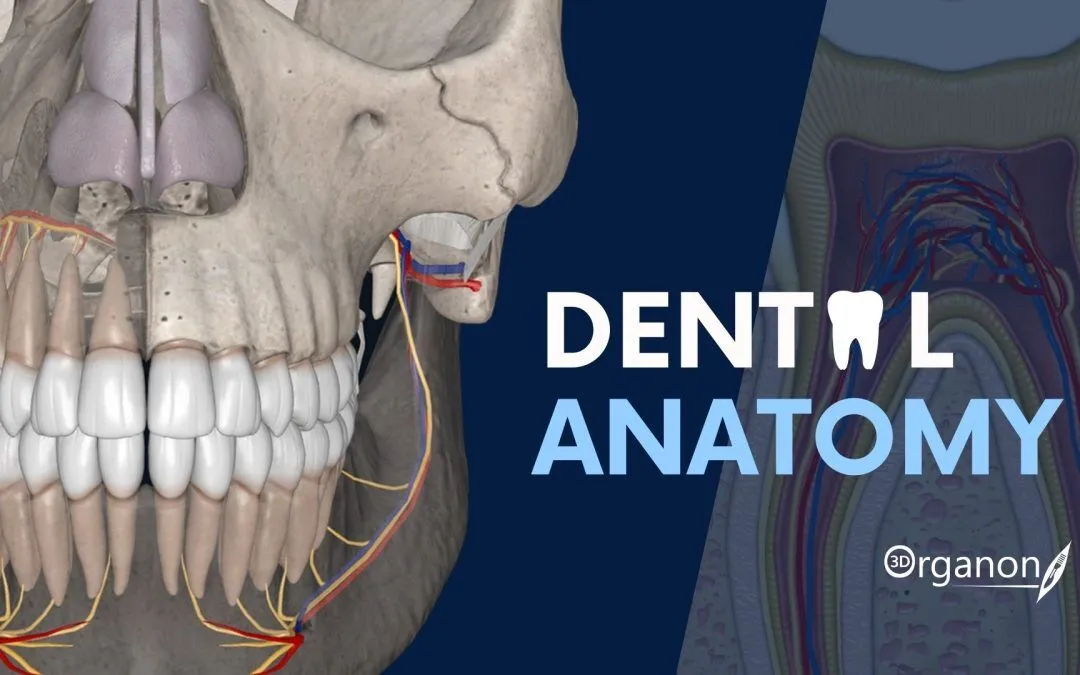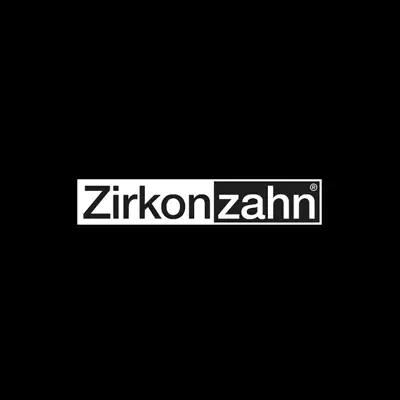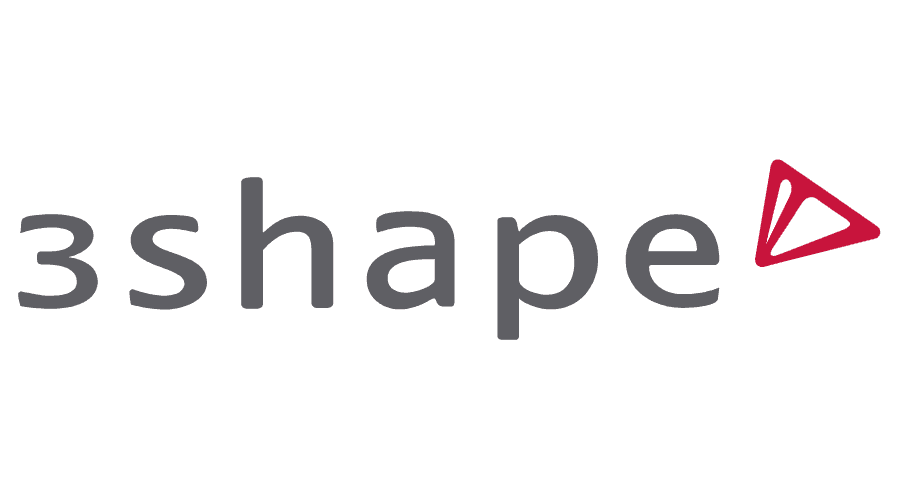OpenEMR — dental-ready EMR for teaching clinics and multi-site practices
Context
OpenEMR is a long-running, open-source EMR/PM system used across hospitals, NGOs, and university clinics. In dentistry it fills a practical niche: charting teeth and procedures, scheduling, billing, and storing clinical notes in one place—without locking the organization to a vendor stack. It’s web-based (classic LAMP), scales from a single department to a campus rollout, and—importantly for admins—stays transparent: standard databases, readable logs, and well-known backup paths. It is not the flashiest interface, but it is dependable and easy to keep under institutional change control.
Technical Profile (table)
| Area | Details |
| Platform | Web application (PHP on Apache/Nginx; MySQL/MariaDB). Runs best on Linux; Windows supported via WAMP; Docker images commonly used. |
| Dental focus | Tooth charting/odontogram, procedure templates, perio records, image links in the chart, forms for treatment planning. |
| Core modules | Patients, encounters, scheduling, e-prescribing (where configured), billing/claims, reporting, patient portal. |
| Interop | HL7/FHIR endpoints (select components), CSV/SQL exports, custom form engine; URL launchers to external viewers like Orthanc / Weasis. |
| Imaging | Stores references to studies; DICOM viewing handled by external PACS/VNA or desktop viewers; CBCT handled via linked tools. |
| Security | Role-based ACLs, audit trails, HTTPS, configurable session policies; deploy behind reverse proxy for SSO and WAF controls. |
| Multisite | Facility-aware scheduling, user groups/roles, per-site templates; works with database replicas and standard Linux HA patterns. |
| Backup/DR | Native DB dumps, filesystem snapshots, rsync; straightforward restore testing in staging. |
| Licensing | Open source (GPL). No per-seat fees; commercial support available from community vendors. |
Scenarios (realistic, dental-specific)
– A university dental clinic runs OpenEMR for student training: odontograms, perio charts, and case notes live in one database, while DICOM studies open in Weasis from an Orthanc PACS link.
– A multi-site private practice uses facilities in OpenEMR to keep schedules separate per location; nightly dumps land in an off-site S3 bucket via borg/restic, with weekly restore drills.
– An NGO clinic deploys it on a small Linux VM with full-disk encryption; clinicians capture chairside notes and print treatment plans, while admins export anonymized CSV for public-health reporting.
Workflow (admin view)
1. Prepare a Linux host (RAM/CPU sized to concurrent users), harden OS, and place behind Nginx with TLS.
2. Install PHP extensions, MariaDB, and OpenEMR; set strong credentials and move sensitive dirs outside web-root.
3. Create facilities, providers, roles, and groups; map ACLs to dental staff vs. reception/billing.
4. Enable dental forms (odontogram, perio), import procedure code sets/templates, and lock form versions in Git for change tracking.
5. Integrate imaging: configure patient-ID links to Orthanc (or existing PACS); register the weasis protocol handler on clinic desktops.
6. Configure backups (database + sites dir), retention, and restore playbooks; schedule integrity checks and test restores monthly.
7. Turn on the patient portal (if used), throttle attachments, and set antivirus scanning for uploads.
8. Wire logging to the SIEM; ship app and proxy logs via syslog/Vector and enable audit reports for compliance reviews.
Strengths / Weak Points
Strengths
– Open, vendor-neutral stack; easy to script, backup, and audit.
– Dental charting and templates live inside the same EMR as appointments and billing.
– Broad ecosystem (forms, reports, translations); proven in education and NGO settings.
– Works well with external PACS/VNA rather than reinventing imaging.
Weak Points
– UI feels dated; power comes from configuration discipline rather than slick wizards.
– DICOM/CBCT requires external viewers and a bit of glue (URLs, launchers, or middleware).
– Proper tuning (PHP-FPM, DB indices, caching) is on the admin, not hidden behind a cloud service.
Why It Matters
Dental departments rarely want yet another silo. OpenEMR keeps charts, perio records, schedules, and financials in one controllable system, while leaving heavy imaging to purpose-built tools. For a campus network or a multi-clinic rollout, that mix—open schema, standard backups, predictable security controls—means fewer surprises and a platform that can be taught, audited, and maintained for years without chasing licenses or proprietary formats.

